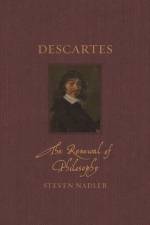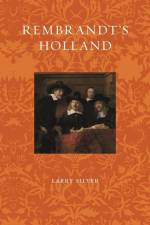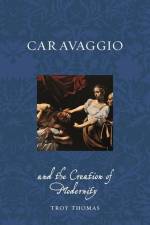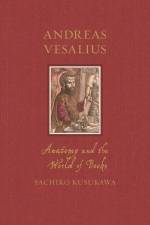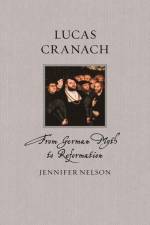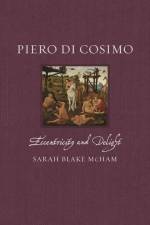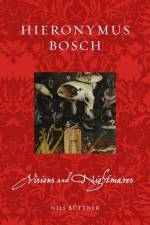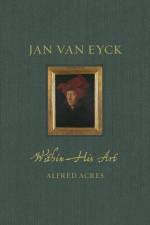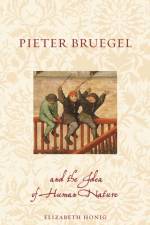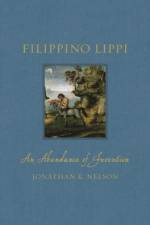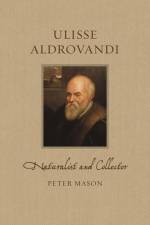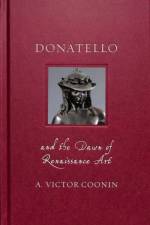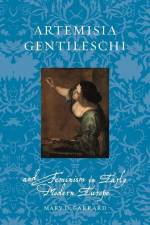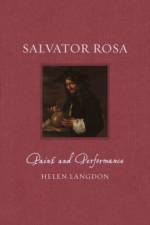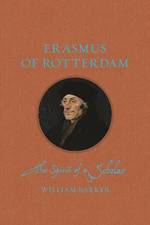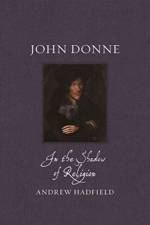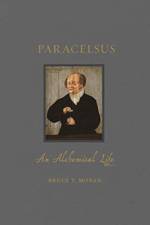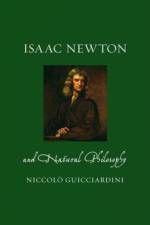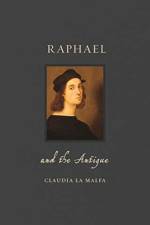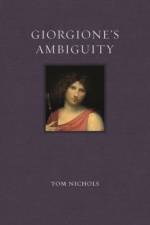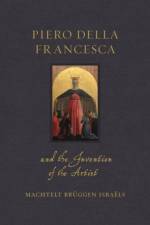- Self Art and Nature
av Francois Quiviger
269
This incisive and illuminating biography follows the three themes that shaped the life of Leonardo da Vinci and, through him, forever changed Western art and imagination: nature, art, and self-fashioning. Nature and art helped form Leonardo. He spent his first twelve years in the Tuscan countryside before entering the most reputed artistic workshop of Florence. There he blossomed as one of the most promising painters of his time and promptly applied his skills to explore and question the world through science and invention. Leonardo was also self-fashioned: he received only a basic education and grew up around peasants and artisans. But from the 1480s onwards, he transformed himself into a court artist and became a familiar of kings and rulers. Following the chronology of Leonardo's extraordinary life, this book examines Leonardo as artist, courtier, and thinker, and explores how these aspects found expression in his paintings, as well as in his work in sculpture, architecture, theater design, urban planning, engineering, anatomy, geology, and cartography. François Quiviger concludes with observations on Leonardo's relevance today as a model of the multidisciplinary artist who combines imagination, art, and science--the original, and ultimate, Renaissance Man.

